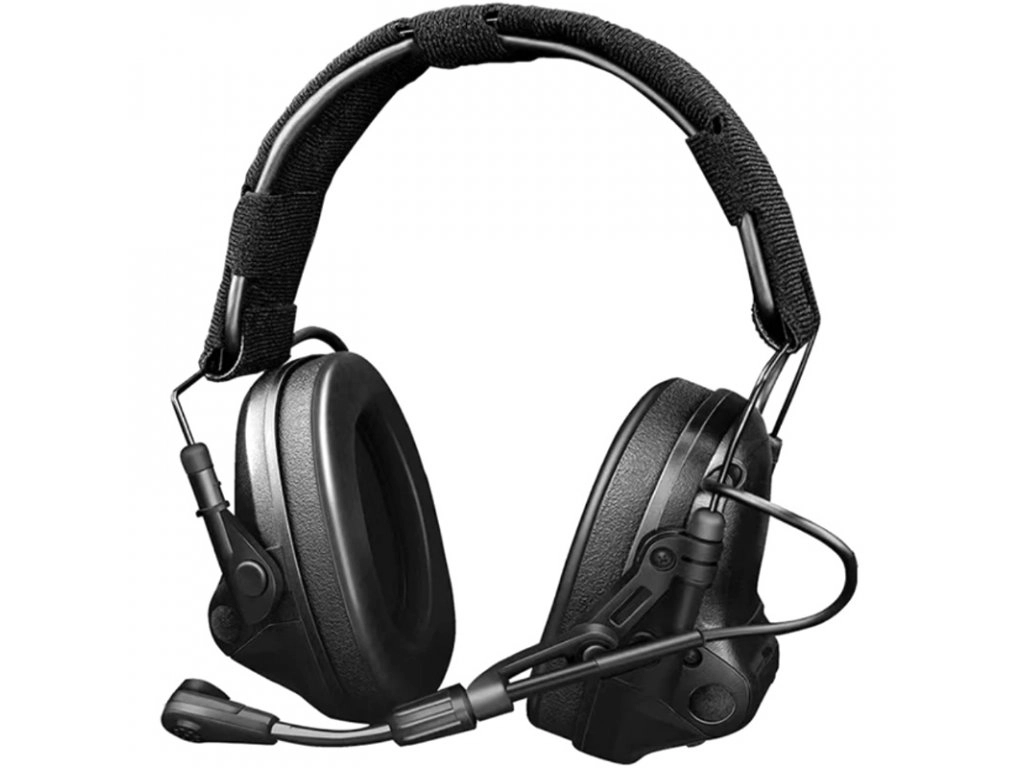Passive Noise Reduction
Passive Noise Reduction (PNR) is a technology used in shooting headsets and ear protection that blocks noise through a mechanical barrier without the use of electronics. This principle relies on the use of dense materials, such as foam padding, sealing ear cups, or special layered plastics, which absorb and reflect sound waves, reducing the amount of noise reaching the ears. Additionally, they can utilize active amplification like the headset Earmor M33 EN352.
How Does Passive Noise Reduction Work?
- Closed ear cup design: The headphones fully enclose the ear, creating a sealing barrier against noise.
- Acoustic foams and layered materials: Absorb sound waves and reduce noise intensity.
- Ergonomic design: Soft ear cushions help minimize leaks.
Advantages of Passive Noise Reduction:
- Reliability: Functions without electronics, batteries, or circuits.
- Lower cost: Usually cheaper than electronic headsets with active noise cancellation.
- Durability: No electronic components that could fail.
- Instant protection: Does not require activation—noise is continuously reduced.
Disadvantages of Passive Noise Reduction:
- Less effective for high frequencies: Passive systems are less effective against low-frequency noises (e.g., explosion rumbles).
- Reduces all sounds: Diminishes all sounds, including communication and important signals.
- Lower comfort: Large and tight ear cups may be uncomfortable during long-term use.
Difference Between Passive and Active Noise Reduction:
| Technology | How It Works? | Main Advantages | Main Disadvantages |
|---|---|---|---|
| Passive Noise Reduction (PNR) | Blocks noise with a mechanical barrier (foam, sealing materials). | Cheaper, reliable, no batteries required. | Cannot selectively filter noise, reduces all sounds. |
| Active Noise Reduction (ANR) | Uses microphones and electronics to generate anti-noise waves that cancel out unwanted sounds. | More effective, can filter only unwanted noise, allows communication. | Higher cost, battery-dependent, more complex maintenance. |
Uses of Passive Noise Reduction:
- Shooting protection: Used in shooting range headphones.
- Industrial environments: Workers in noisy workplaces (e.g., construction) often use PNR headsets.
- Aerospace industry: Pilots and ground staff may use passive noise protection against engine noise.
- Motorsports: Racing teams use passive headsets to protect hearing from engine noise.
Powered by Froala Editor
